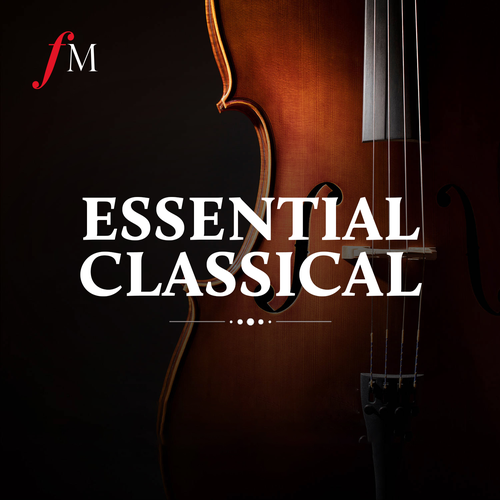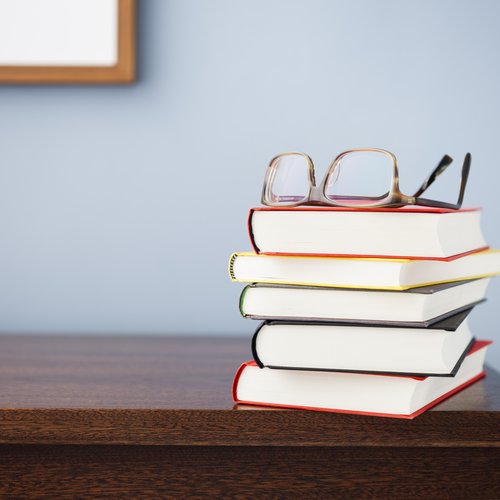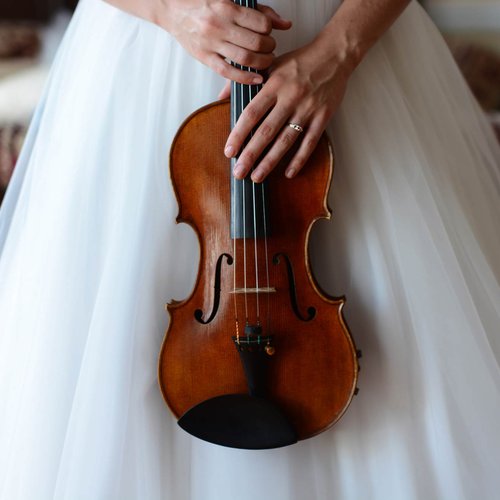The benefits of 'Slow Practice' in one very helpful graphic
28 May 2019, 22:31 | Updated: 23 October 2019, 16:35
In the practice room, struggling to learn that new piece? Take it slow...
Lots of musicians sing the praises of slow practice routines when learning a piece of music. 'Slow practice' focusses on dramatically drawing back the tempo in private rehearsal, to focus on the technique, flow and understanding of the music.
What is slow practice?
Although it may seem obvious, slow practice primarily involves playing passages more slowly than intended and speeding up each new time until the correct tempo is reached. It's a great way to develop fingering, technique, articulation and your understanding of the melodic and harmonic structure of the music
You need discipline, but many believe it's one of the best ways to commit a demanding piece to both fingers and mind.
How do you use slow practice?
Here's a great graphic to explain all. American bassoonist William Short is very much a convert to this way of learning. Drawing on his own experience from his teachers and career in music, William had brilliantly condensed some of his whys and hows of this technique, from the way he approaches tempo, to how he structures his practise mindset.

William has been Principal Bassoon of the Metropolitan Opera Orchestra in New York since in 2012. He's also performed with the Delaware Symphony Orchestra, the Houston Symphony, the Philadelphia Orchestra, and the New York Classical Players. There're more great thoughts and writings on his website.









































